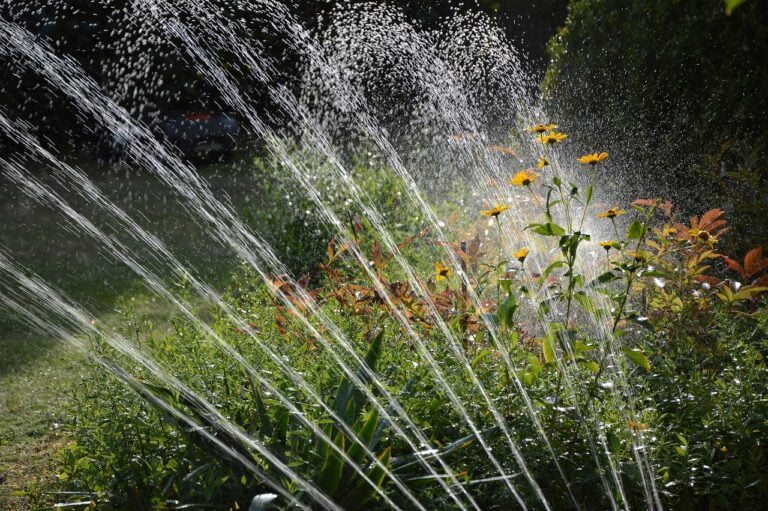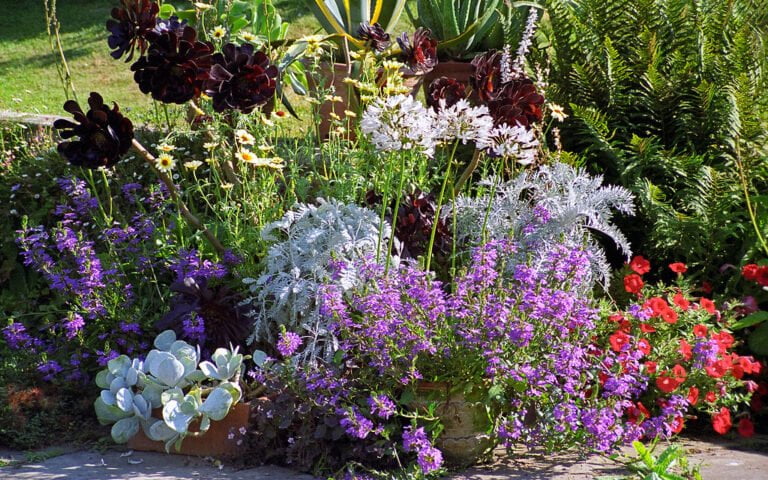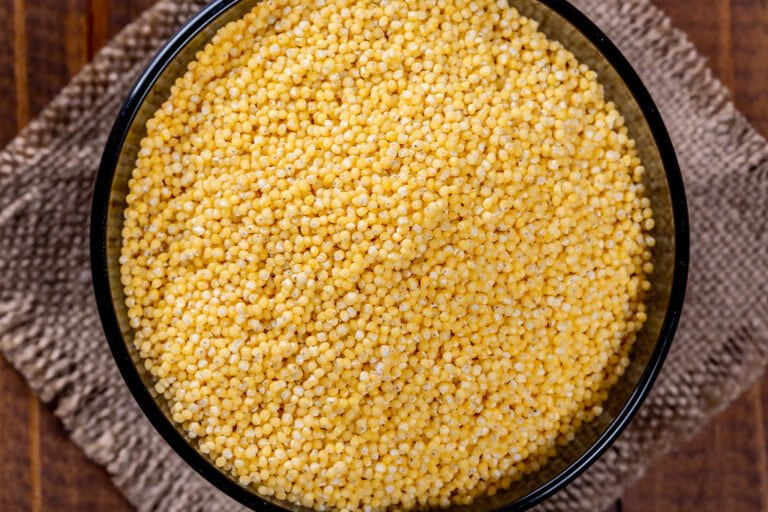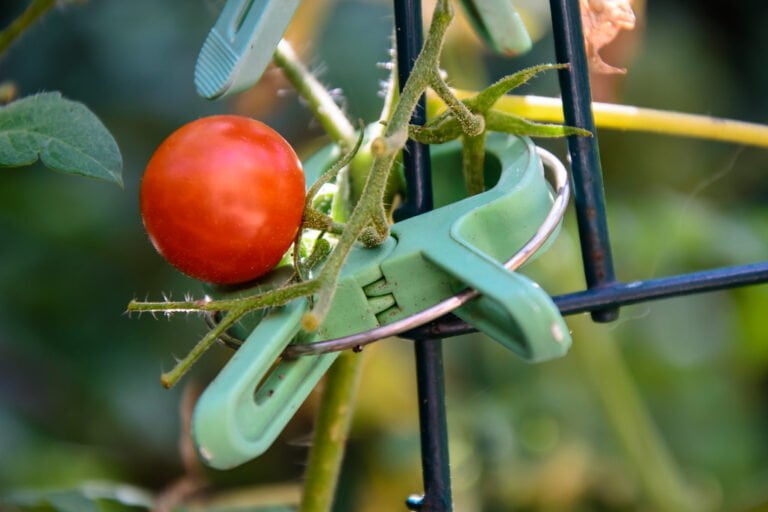A Step-by-Step Guide to Planting Arugula Indoors
Are you interested in growing your own fresh arugula indoors? Look no further! This step-by-step guide will show you exactly how to plant arugula indoors, from choosing the right seeds to harvesting the perfect leaves. With just a few simple steps, you can have a bountiful supply of this delicious green in your own home. Get ready to enjoy the satisfaction of serving yourself and your loved ones with freshly grown arugula straight from your indoor garden.
Choosing the Right Arugula Seeds
To ensure successful indoor arugula cultivation, start by selecting the appropriate arugula seeds for planting. When choosing arugula seeds, opt for varieties that are specifically labeled as suitable for indoor cultivation. These seeds are often referred to as "baby" or "micro" arugula, as they are bred to grow quickly and produce tender, flavorful leaves. Look for seeds that have a high germination rate, as this will increase your chances of a successful harvest. It's also important to consider the flavor profile you desire. Arugula seeds can vary in taste from mild and nutty to spicy and peppery. Take into account your personal preference and the dishes you plan to use the arugula in. By selecting the right arugula seeds, you'll be setting yourself up for a bountiful indoor harvest.
Selecting the Ideal Indoor Planting Container
For optimal indoor arugula cultivation, choose a container that suits your needs and space availability. When selecting a container, consider the size, material, and drainage capabilities. Arugula plants have shallow roots, so a container that is at least 6 inches deep should be sufficient. Plastic or ceramic containers are good choices as they retain moisture and are lightweight. Ensure that the container has drainage holes to prevent waterlogging, which can lead to root rot. If you prefer a more sustainable option, consider using recycled containers like yogurt cups or plastic bottles. Make sure to clean and sanitize them properly before use. Remember to choose a container that fits well in your indoor space and allows for easy movement if needed.
Preparing the Potting Mix for Arugula
To prepare the potting mix for arugula, ensure that you have gathered all the necessary materials and ingredients. You will need a container or pot with drainage holes, potting soil, compost, and perlite or vermiculite for added drainage. Start by filling the container with potting soil, leaving about an inch of space at the top. Next, mix in a generous amount of compost to enrich the soil and provide essential nutrients for your arugula plants. To improve drainage, add perlite or vermiculite to the potting mix. These materials will prevent water from pooling and causing root rot. Mix everything thoroughly to ensure an even distribution of ingredients. Once your potting mix is ready, you can proceed to plant your arugula seeds or seedlings.
Planting Arugula Seeds in the Container
Now that you have prepared the potting mix for arugula, it's time to plant the arugula seeds in the container. Begin by filling the container with the potting mix, leaving about an inch of space at the top. Make sure the mix is evenly spread and not compacted. Take the arugula seeds and gently press them into the potting mix, spacing them about an inch apart. It's important to only plant the seeds about a quarter of an inch deep. Once all the seeds are planted, lightly water the container, being careful not to overwater. Place the container in a sunny location where it will receive at least six hours of sunlight per day. Remember to water regularly, keeping the soil moist but not soggy. In about 7-10 days, you should start to see the arugula sprouting.
Providing the Optimal Growing Conditions
To ensure successful growth, maintain the optimal growing conditions for your arugula by providing adequate sunlight, water, and temperature. Arugula is a cool-season crop that thrives in full sunlight. Place your arugula container in a location that receives at least six to eight hours of direct sunlight each day. If you don't have access to enough natural sunlight, you can use fluorescent grow lights placed six inches above the plants.
Water your arugula regularly to keep the soil evenly moist. Check the moisture level by inserting your finger into the soil up to the first knuckle. If it feels dry, it's time to water. Avoid overwatering, as this can lead to root rot.
Maintain a temperature range of 55-70°F (13-21°C) for optimal growth. Avoid extreme heat or cold, as this can cause your arugula to bolt or become stunted.
Watering Arugula Plants Properly
To properly water your arugula plants, use a watering can or hose with a gentle spray nozzle. Arugula plants require consistent moisture to thrive, but overwatering can lead to root rot and other problems. When watering, aim to keep the soil evenly moist, but not waterlogged. Check the moisture level by sticking your finger an inch into the soil. If it feels dry, it's time to water. Start by watering the base of the plant, avoiding the leaves to prevent diseases. Water until you see water coming out of the drainage holes. Be mindful not to water too frequently, as it can cause shallow root growth. Aim to water deeply, but less often, allowing the top inch of soil to dry out between waterings. By following these watering guidelines, you will help your arugula plants thrive and produce delicious greens for your enjoyment.
Fertilizing Arugula for Healthy Growth
To fertilize your arugula for healthy growth, you will need to choose the right type of fertilizer. Arugula is a leafy green that benefits from a nitrogen-rich fertilizer. Look for a balanced fertilizer with a high nitrogen content, such as a 10-10-10 or a 20-10-10 mix. Before applying the fertilizer, make sure the soil is moist. Apply the fertilizer according to the package instructions, usually around 1 tablespoon per square foot of planting area. Gently work the fertilizer into the top inch of soil, being careful not to damage the delicate arugula roots. After applying the fertilizer, water the plants thoroughly to help the nutrients penetrate the soil. Repeat the fertilization process every four to six weeks to support continuous growth and healthy arugula plants.
Managing Pests and Diseases in Indoor Arugula
Once you have fertilized your arugula for healthy growth, it is important to address the management of pests and diseases in your indoor arugula plants. Pests and diseases can quickly spread and damage your arugula if not properly managed. Here are some practical tips to help you keep your arugula healthy and pest-free.
First, regularly inspect your plants for any signs of pests such as aphids, caterpillars, or mites. If you spot any, remove them manually or use an organic insecticidal soap to control their population. Additionally, keep your indoor environment clean and tidy to discourage pests from taking up residence.
To prevent diseases, ensure good air circulation and avoid overwatering your arugula. Excess moisture can create a favorable environment for diseases like damping off or root rot. If you notice any signs of disease, such as wilting or discoloration, remove the affected plants immediately to prevent further spread.
Harvesting Arugula Leaves at the Right Time
Inspect your arugula plants regularly to determine the right time for harvesting the leaves, ensuring optimal flavor and texture. When the leaves are about 2-3 inches long, they are ready for harvest. Look for leaves that are dark green and have a slightly spicy aroma. Avoid harvesting leaves that are yellowing or have brown spots, as they may taste bitter. To harvest, simply use a pair of clean scissors or garden shears to cut the leaves off at the base, leaving about an inch of stem attached to the plant. This will allow the plant to continue growing and produce more leaves for future harvests. Remember to harvest only what you need, as arugula leaves are best enjoyed when they are fresh. Enjoy your homegrown arugula in salads, sandwiches, or as a topping for pizza and pasta dishes.
Enjoying Fresh Arugula in Your Meals
When enjoying fresh arugula in your meals, consider incorporating it into a variety of dishes. This versatile leafy green adds a peppery and slightly bitter flavor to your culinary creations. Start by using arugula as a base for your salads, mixing it with other greens for a refreshing and nutritious dish. You can also add arugula to sandwiches, wraps, and burgers for an extra kick of flavor. Don't forget to try arugula in pasta dishes, stir-fries, and sautés, where it can complement other ingredients and add a vibrant touch to your meals. Additionally, arugula can be blended into pestos or used as a topping for pizzas and bruschetta. The possibilities are endless, so get creative and enjoy the fresh taste of arugula in your everyday cooking.
Conclusion
Now that you have followed this step-by-step guide to planting arugula indoors, you are well on your way to enjoying fresh and delicious arugula in your meals. By choosing the right seeds, selecting the ideal container, preparing the potting mix, and providing optimal growing conditions, you have set yourself up for success. Remember to fertilize your arugula and manage pests and diseases to ensure healthy growth. Finally, harvest the leaves at the right time and savor the taste of homegrown arugula in your favorite dishes.






